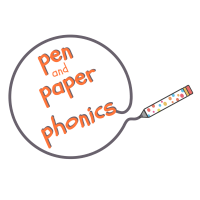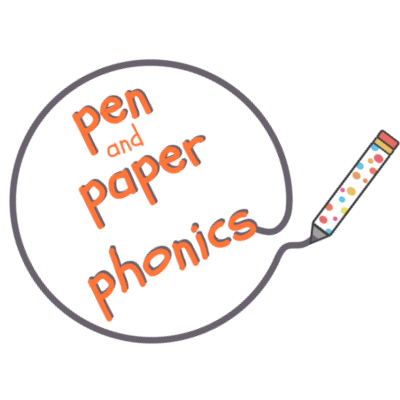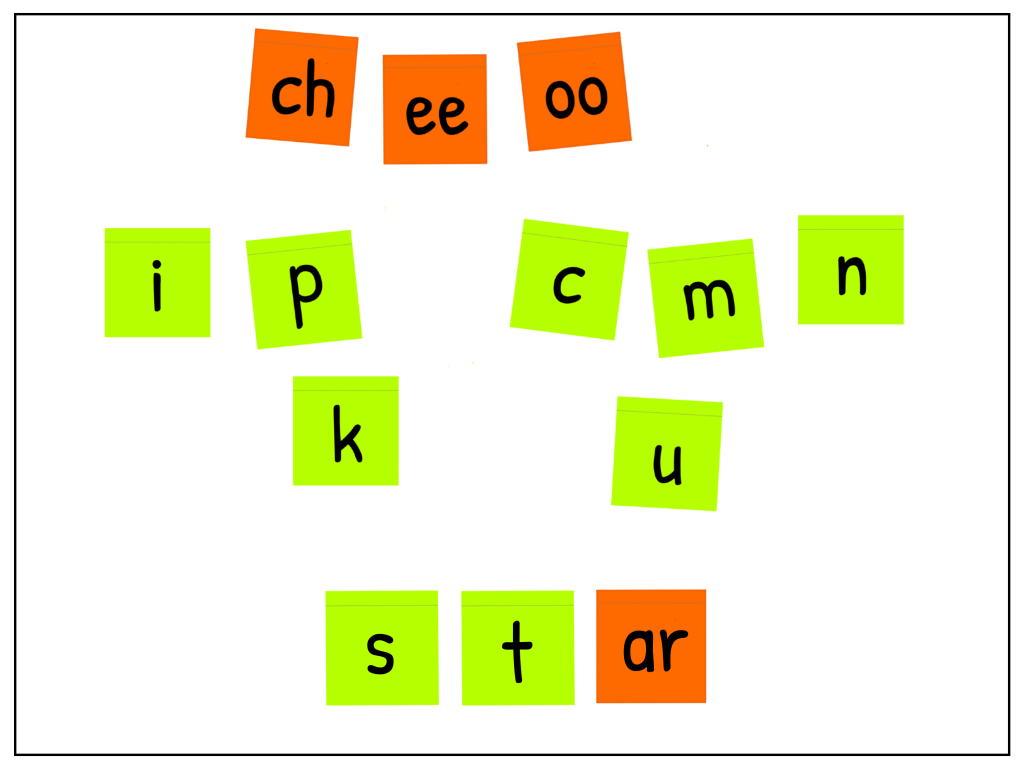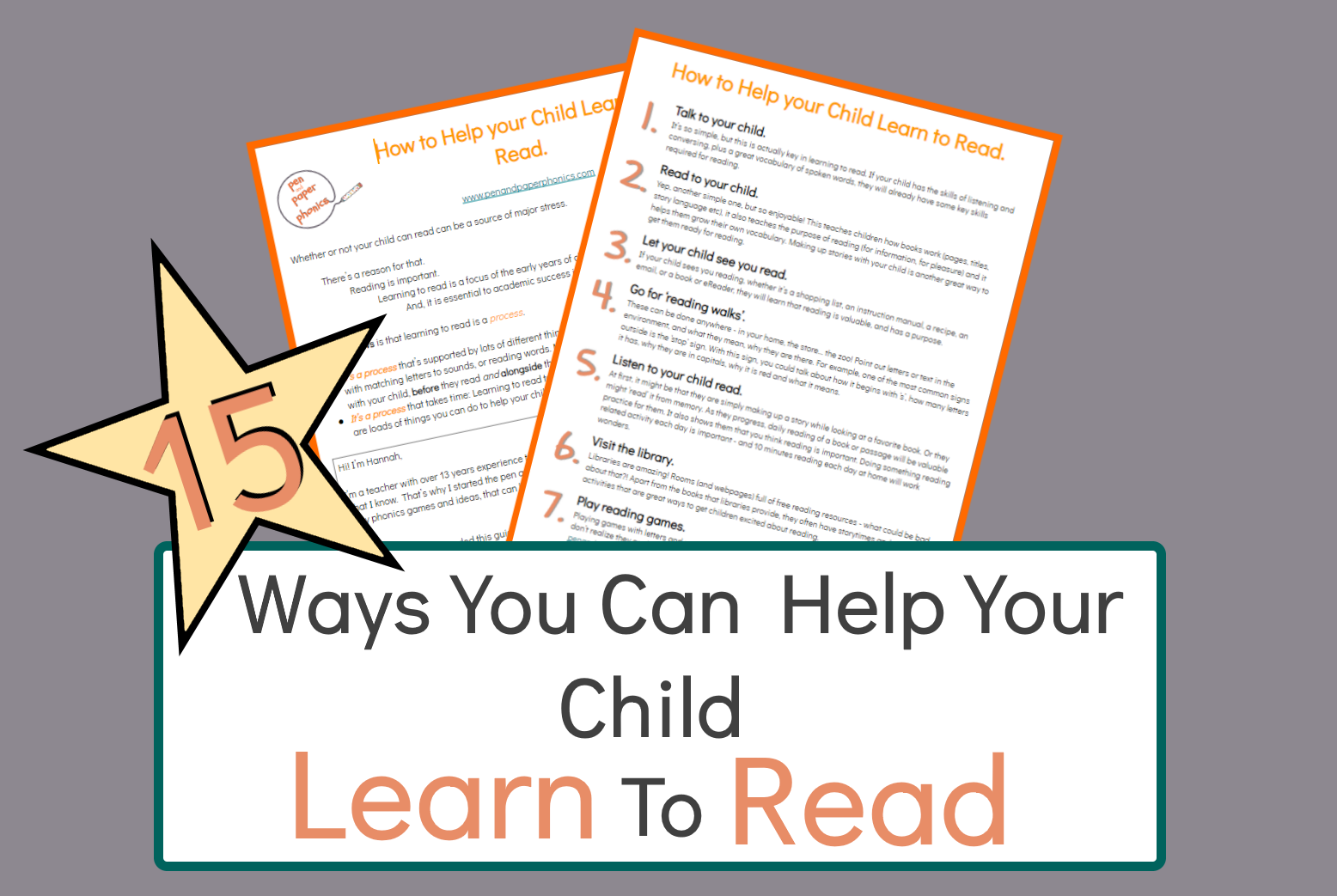Sticky Notes
The Basic Idea:
- 5-15 sticky notes of at least two colours, and a large piece of paper.
- Stick the notes along the top of the paper.
- Write the words or letter sounds that you want to practice, one on each note.
An example:
The content of the game.
In this example, the content I wanted to practice was ‘two-letter sounds.’ These are sounds that are written with two letters. They are also called digraphs. For example, the word ‘wait’ is spelled with four letters: w-a-i-t. But, it only has three sounds in it w/ai/t. The middle sound in ‘wait’ is written using two letters.
So, in this activity, I wanted to use the digraphs we had been learning to make words:
- I made a list of the words I was going to use.
- I wrote four digraphs, one on each sticky note.
- On a different colour of sticky note, I wrote the single letter sounds that would help to make up the words. It’s important to use different colours for the two letter and one letter sounds as it makes the difference stand out.
- I chose a selection of more familiar digraphs as well as one new one, that we had just learned.
The method of the game.
The method I used to teach the content was a quiz type of game.
- This is how to do the activity:
- Go through all the sounds you have on the board.
- Say one of the planned words and make it together.
- Count the number of letters that the word has. Then count the number of sounds. Look at how they are different, because one of the sounds is made with two letters.
- Return the sticky notes to the top and call out a new word.
- Ask the child or student to make the word.
- When you have made all the words on your list, you could go over the again, but this time, time your child or student to see how quickly they can get through the list.
To Note:
Not every game goes to plan! Here are some things to watch out for in this game:
- Because this is less of a game, and more of a teaching activity, it might be difficult to keep the pace of the game. So after you have done it once, timing it might help to make it more exciting. You could also give your list of words to your child and they become the ‘teacher’ and read the words for you to make.
- It can be hard for children to hear the sounds in words, especially the middle sounds. So if this happens, say the word very slowly at first to help them hear each of the sounds. You can also put a finger up or point to one of your fingers each time you say a sound. So for example, if you have a three sound word, by the time you have said it, you will have three fingers up.
How to Adapt:
…the content:
1. Letter Sounds: You could put a selection of letter sounds from the alphabet on the sticky notes. Ask your child to pick out the sounds as you say them and move them to a different area, or into a special box of ‘sounds I know’.

2. What begins with…: Similar to above, put letter sounds on each sticky note. You would need either physical objects or pictures of objects. Say the name of the objects, such as ‘mat’ and ask your child to find the letter sound that it begins with. They can move the letter sound sticky note and put it on the object.

3. Single letter sounds: Instead of using digraphs (as in the example), you could use single letter sounds to make simple two or three letter words, such as it, am, cat, pot etc. You could also make four letter words, that have ‘consonant clusters’ (two consonants) at the beginning or end of the word. Such as ‘went‘, ‘flag’.

4. Actions: Write a list of simple words that your child could sound out. For example, jump, hop, run, swim. Say the action, ask your child to find the letters needed and then perform (or pretend to perform!) the action.


5. Concentrate on one digraph: You might want to just focus on one digraph. This would help if there is one your child is struggling with, or if they have only just begun to learn digraphs. So, you would need lots of sticky notes with one sound on them, for example, /ee/. And then different single letter sounds to help make the words.


6. Words that Rhyme: An awareness of rhyme is a very important phonic skill, so using sounds to form rhyming words would be a great way to reinforce this. You could also put one odd word that does not rhyme to see if your child can hear the difference. Even though ‘op’ is not a digraph, I put them on the same sticky note to reinforce the rhyme, but you can also put each sound on an individual sticky note.


7. Tricky Words: Tricky words are like key words but they are often characterized by the fact that they cannot be ‘sounded out’. They are irregular words as they do not follow a pattern, for example ‘the’ or ‘said’. So if you used this activity, the focus would not be on sounding out, rather it would be on remembering the letters needed for that particular tricky sound.
8. Upper case, lower case match: Here you could have upper case letters and lower case letters on stick notes. Call out a letter sound and get your child to match up the lower case letter to the upper case letter.
9. Familiar Letters: If you wanted your child to learn the letters in their name, you could use just these letter sounds on the sticky notes. There is an opportunity here for looking at the difference between capital letters and lower case letters. There is also opportunity to discuss how some letters do not always make the same sound. For example ‘a’ in Amy, does not make the same sounds as the ‘a’ in ‘apple’. This is a tricky concept, so it might be best left for a later time.
How to Adapt…the method:
- Make it into a competition: Have two identical papers with the same sounds on each. Race against each other to see who can write the word the quickest.
There you have it. A quick and easy phonics activity with lots of potential to adapt to suit your needs.
This is how it looked when I did it in ‘real life’!






mistimaan
Nice post
halulamalula
Thanks!